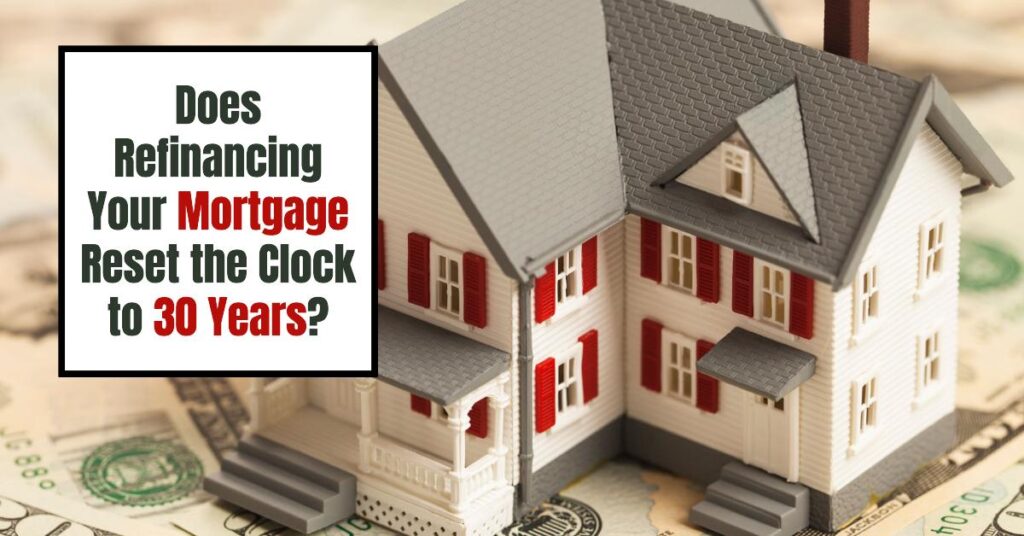Mortgage Refinance Strategies to Ease Financial Stress

Mortgage Refinance Strategies to Ease Financial Stress
In today’s economic climate, many middle-aged homeowners are looking for ways to optimize their finances and reduce stress as they approach their pre-retirement years. One powerful tool at your disposal is your mortgage – specifically, the ability to refinance it strategically. With current 30-year fixed refinance rates averaging around 7.30% and 15-year fixed rates at 6.65% as of April 2025, understanding your refinancing options is more important than ever .2.
Understanding Your Refinancing Goals
Before diving into the refinancing process, it’s crucial to identify what you want to accomplish. Are you looking to:
-
Lower your monthly payments
-
Reduce your interest rate
-
Shorten your loan term
-
Access home equity for other financial needs
-
Eliminate mortgage insurance .3
Clarifying your primary goal will help guide your refinancing decisions and ensure you select the option that best aligns with your financial situation.

Types of Mortgage Refinance Options

Rate-and-Term Refinance
This is the most common type of refinance, allowing you to replace your current mortgage with a new loan featuring different terms. If interest rates have dropped since you obtained your original mortgage, you could secure a lower rate and reduce your monthly payments significantly .1 .3.
For example, refinancing from a 5% interest rate to a 4% rate on a $300,000 mortgage could save you hundreds of dollars each month, freeing up cash for other financial priorities like retirement savings or debt reduction.
Cash-Out Refinance
A cash-out refinance lets you tap into your home’s equity by taking out a new loan for more than you currently owe. You receive the difference between the two loans as cash, which can be used for:
-
Home improvements
-
Debt consolidation
-
Building emergency funds
-
Funding education
This option is particularly valuable for middle-aged homeowners who have built substantial equity but need access to funds for major expenses or financial restructuring.

Cash-In Refinance
The opposite of a cash-out refinance, this option allows you to make a lump sum payment toward your principal when refinancing. This builds equity faster and can help you secure better loan terms and lower interest rates .1 .3.
For those in their 40s and 50s with strong income but concerned about retirement preparedness, a cash-in refinance can be a strategic move to reduce long-term debt obligations.
No-Closing-Cost Refinance
If you’re concerned about the upfront expenses of refinancing, a no-closing-cost option allows you to roll those costs into your monthly payments or accept a slightly higher interest rate in exchange for reduced closing costs .1 .3.
While this means you’ll pay more over time, it removes the immediate financial burden of refinancing, which can be helpful if your cash reserves are limited.
Streamline Refinance
For homeowners with government-backed loans (FHA, VA, or USDA), streamline refinance programs offer simplified processes with reduced documentation requirements and potentially no appraisal needed .1 .2.
These programs are designed specifically to help borrowers quickly and easily obtain better loan terms, making them an excellent option for qualifying middle-aged homeowners looking to improve their financial position with minimal hassle.
Strategic Timing for Refinancing

The Pre-Retirement Window
The years between 40 and 55 represent a critical window for mortgage refinancing strategy. Your income is typically at or near its peak during this period, making it easier to qualify for favorable refinance terms .8.
Refinancing proactively before retirement is often advisable because:
-
Your income will likely drop once you retire
-
Lenders scrutinize income sources during the refinancing process
-
You’ll have more options available while still employed full-time .8
Calculating Your Breakeven Point
Before refinancing, calculate how long it will take for your monthly savings to offset the costs of refinancing. This “breakeven point” is crucial for determining if refinancing makes financial sense .3.
For example, if refinancing costs $5,000 and saves you $100 monthly on your mortgage payment, you’ll need to stay in your home for at least 50 months (just over 4 years) to break even. If you plan to move before reaching this point, refinancing might not be worthwhile .3.
Maximizing Refinance Benefits for Middle-Aged Homeowners

Debt Consolidation Through Refinancing
Many homeowners in their 40s and 50s are simultaneously managing mortgage payments, credit card debt, auto loans, and potentially college expenses for children. A debt consolidation refinance can help simplify these obligations by using home equity to pay off high-interest debts .1.
This strategy can:
-
Reduce your overall monthly payments
-
Lower your total interest costs
-
Simplify your financial management with fewer bills to track
-
Potentially provide tax benefits (consult your tax advisor)
Accelerating Your Mortgage Payoff
For those hoping to enter retirement mortgage-free, refinancing to a shorter loan term can be transformative. While a 15-year mortgage typically carries higher monthly payments than a 30-year loan, the interest savings over time are substantial .7.
Alternatively, you could refinance to a new 30-year loan but make voluntary additional payments as though it were a 15 or 20-year mortgage. This approach provides flexibility while still accelerating your payoff timeline .7.
Building Retirement Security
Refinancing can play a crucial role in your retirement planning strategy:
-
Lower monthly payments can free up cash for increased retirement account contributions during your peak earning years
-
Debt reduction before retirement means less strain on your fixed retirement income
-
Home equity access provides a financial cushion for unexpected expenses .7

Practical Steps to Refinance Successfully

1. Check Your Credit Score
Your credit score significantly impacts the refinance rates you’ll be offered. For a conventional refinance, you’ll typically need a score of at least 620, but higher scores unlock better rates .1.
Take time to review your credit reports, address any errors, and potentially work on improving your score before applying for refinancing.
2. Determine Your Home Equity Position
Lenders typically look for at least 20% equity in your home for the best refinance terms. Calculate your loan-to-value (LTV) ratio by dividing your current mortgage balance by your home’s current value .1 .







